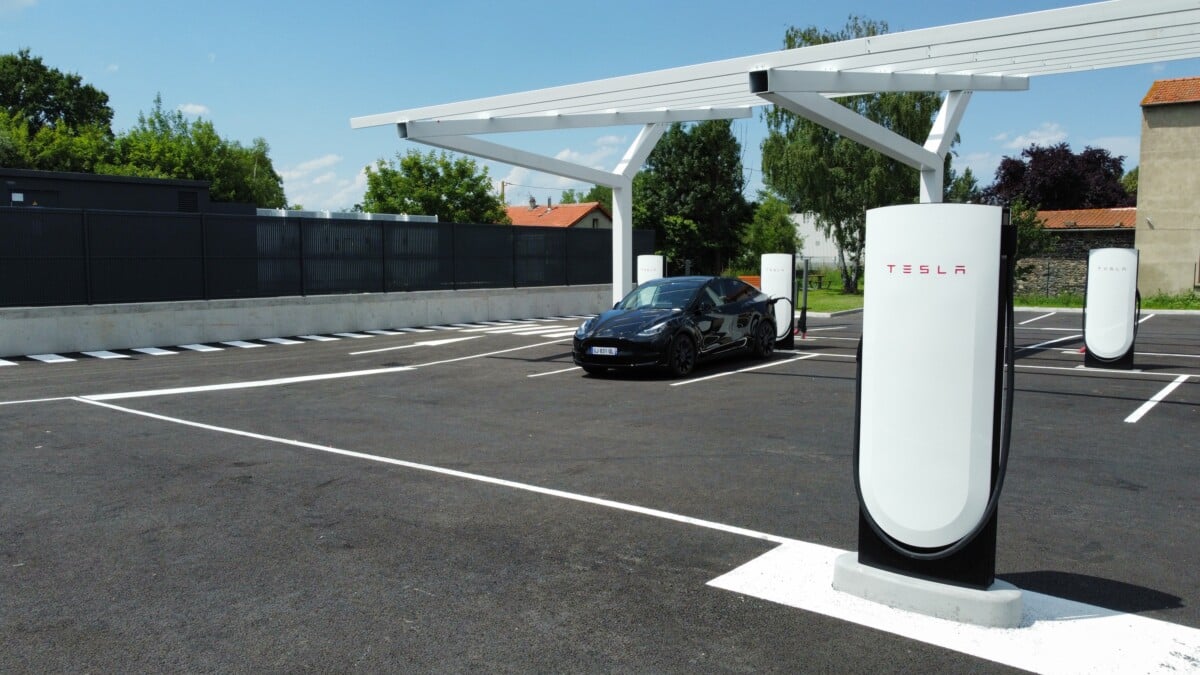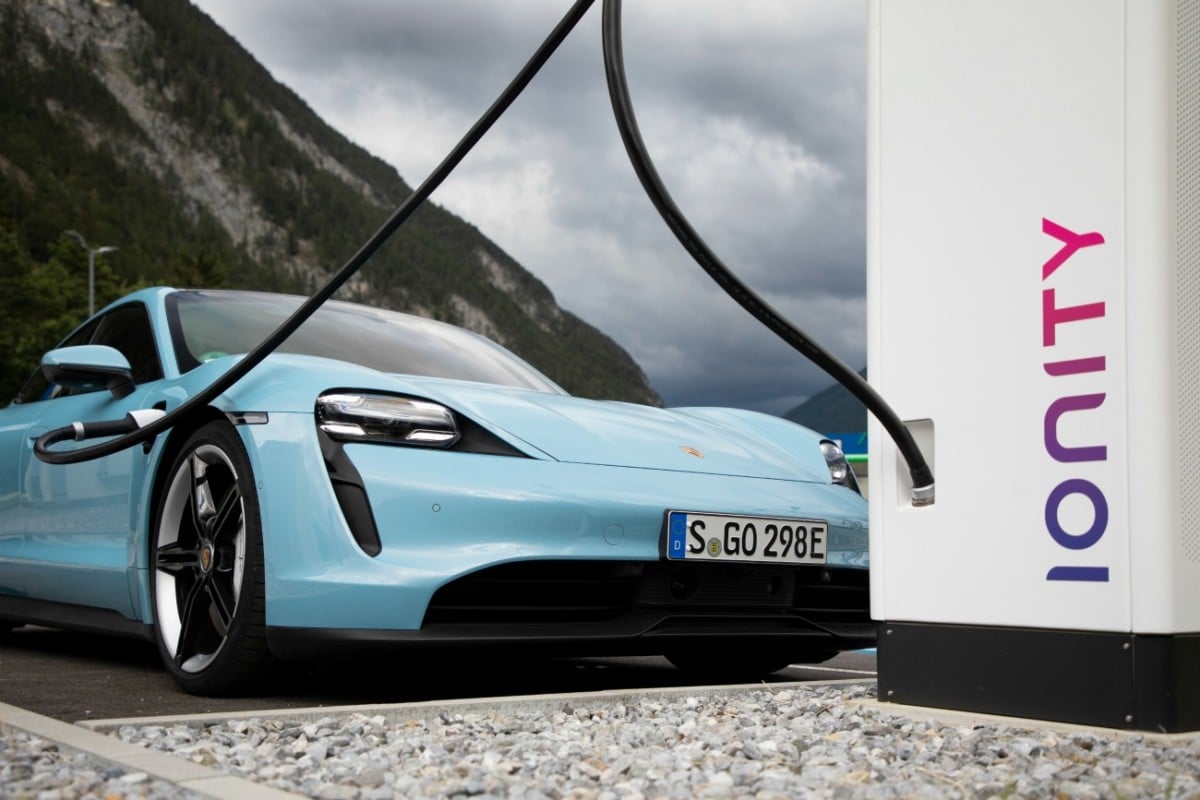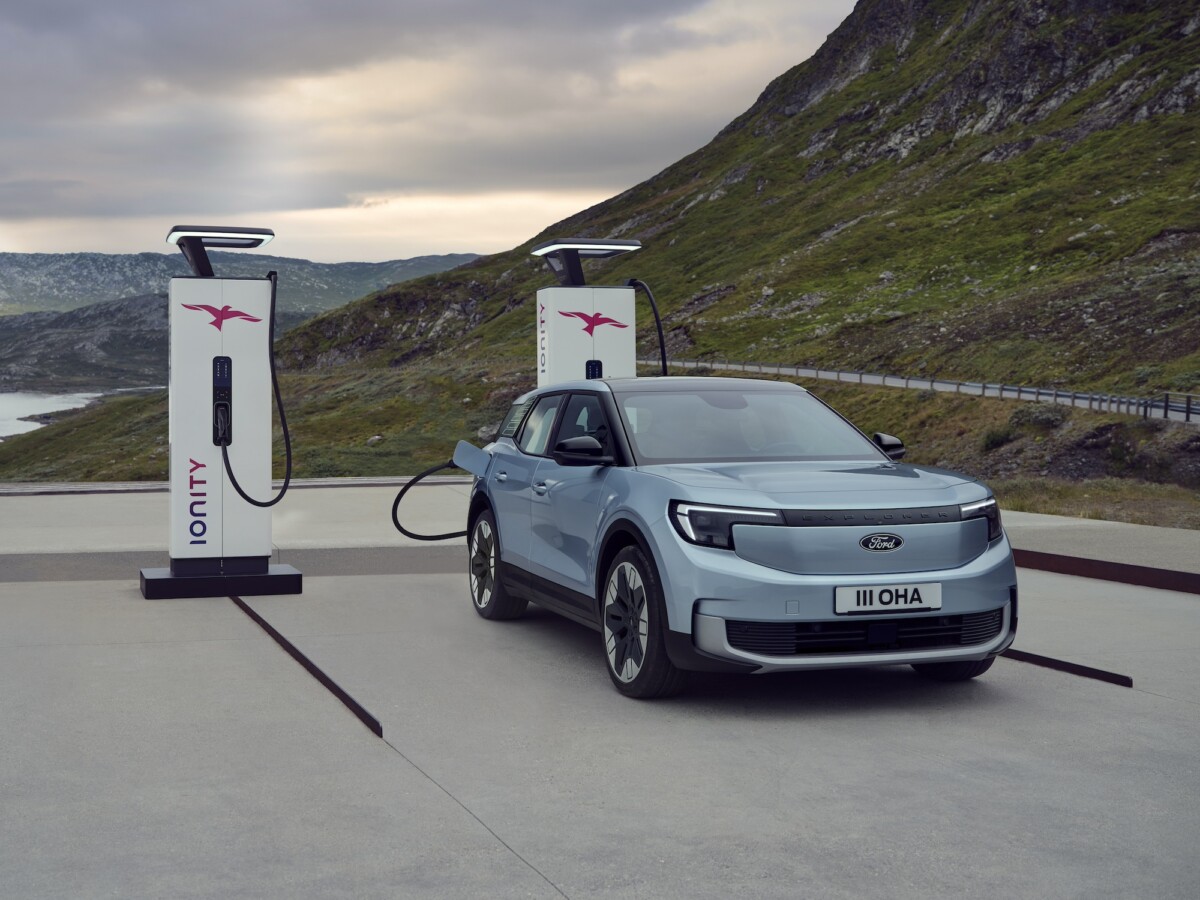Newcomers to electric mobility often have an unpleasant surprise when connecting to a fast charging station: the promise in the vehicle brochure is not respected. Let’s take a look at why charging an electric car isn’t always as fast as expected, and what to do to make sure you optimize fast charging sessions.
As for fast charging stations such as electric cars, there is confusion regarding the announced powers. For example, we find Ionity terminals going up to 350 kW, and vehicles which claim maximum powers sometimes exceeding 500 kW.
However, charging your electric car on one of its ultra-powerful chargers is not always the fastest experience. Many factors influence charging times, and to have the best charging curve possible, there are a few points to consider.
In this file, we will remind you of everything you need to do to ensure that your battery is in the best condition, and that fast charging really is.
Ideal conditions that do not always represent reality
On most electric car brochures, or on the manufacturer’s website, we find certain information which can mislead customers. In this case, if we take a look at the most popular vehicles in 2023 in France, here is what we can see:
As you can see, each manufacturer has a very particular way of presenting the charging times of its vehicles. Tesla decides to mix duration, kilometers and maximum power to impress, Dacia and Peugeot are precise to the minute on very powerful charging stations, while Fiat speaks of minutes and kilometers only.
When we scratch a little, on Tesla’s side we find an interesting clarification:
The range added in 15 minutes is based on the vehicle’s efficiency at a constant speed of 100 km/h on the highway. Actual range and charging performance may vary depending on several factors, including Supercharger type, vehicle configuration, charge level, battery temperature, speed, weather conditions and change of charge. altitude, among others.
In other words, the 275 kilometers announced as added in 15 minutes represent neither part of the WLTP autonomy of the vehicle, nor a particular battery level, but what Tesla considers achievable after 15 minutes of charging in an ideal situation, at a constant 100 km/h on the highway. Tesla knows full well that the speed limit in France on the motorway is 130 km/h, but to succeed in displaying figures that will tempt customers, it is better to drastically reduce the speed.
In the same way, at Fiat with the 500e, the 5 minutes necessary to recharge 50 kilometers of autonomy are to be understood in an ideal situation: charging at maximum power, and optimized consumption to achieve these 50 kilometers.

When manufacturers proudly display a maximum charging power, they are careful not to indicate whether the charging at this power remains for 10 seconds or 20 minutes. At Tesla for example, particularly on the Propulsion versions, the charging peak is very short (3 minutes), and it is therefore impossible to guarantee that over a typical charging session of 20 minutes, the maximum power will be maintained.
Very specific conditions are also required to be able to achieve the maximum powers promised. The first is to have a battery level that is quite low (generally below 20%), and the second is sometimes more difficult to control: the temperature of the pack must be ideal.
Temperature problems
When the temperature drops drastically, electric cars don’t behave quite as usual. Consumption often increases sharply, but above all, charges are not necessarily as fast as when the weather is milder.
Some manufacturers make it possible to mitigate the problem by pre-conditioning the battery. In practice, it’s about cleverly using the motors and the heating/air conditioning system to heat the battery pack, in order to arrive with cells at a perfect temperature to accept the fastest possible charge.

Unfortunately, it’s not magic. After a night outside at 5 degrees or less, a battery pack weighing several hundred kilograms cannot be at 30 degrees in a few minutes: it will take time.
Many vacationers pay the price in winter, when after leaving their vacation spot, they go to the nearest fast charger a few dozen kilometers away. Instead of charging in around thirty minutes, it sometimes takes at least as much time once plugged in before the battery reaches its perfect temperature to be able to absorb as much charging power as possible..

If Tesla implemented this pre-conditioning first, more and more manufacturers are adopting this strategy. A function that is generally activated automatically when approaching a charging point if the latter is indicated in the navigation system. Note that some models have a mode allowing you to force it to turn onlike the Skoda Enyaq.
However, this pre-conditioning is done to the detriment of consumption (as with any electric car)since auxiliary circuits will start and consume energy to increase the temperature of the pack.
Pre-conditioning can still improve
For exemple, consumption can be doubled over 20 kilometers when you go to a Supercharger while the battery is cold. This is therefore not possible if the remaining battery level is too low. On a Hyundai Ioniq 5 – which is among the champions of fast charging when everything goes well – there is no longer any pre-conditioning of the battery below 25% for example.

In practice, if we leave a Hyundai Ioniq 5 sleeping all night in the cold with 25% battery, and we leave the next day for an Ionity charger located 30 kilometers away, the arrival will be cold battery. Instead of the “official” 18 minutes to go from 10 to 80%, it will potentially take 45 minutesor well over double.
Our five tips for ensuring truly fast charging
If there is currently no miracle recipe to ensure that the charging you are going to do is as fast as possible, several tips exist to spend as little time as possible at the terminal. Here they are :
1- Think about preconditioning
We’ve already talked about it: battery preconditioning can save you a few precious minutes at the station. If your electric car is equipped with it, consider using the native navigation system rather than Waze or Google Maps on Android Auto or Apple CarPlay, since the car does not have access to this information.
Therefore, the preheating should start automatically, but do not hesitate to check if your vehicle does not have a mode that can force the activation of the latter. Preheating lasts between 15 and 45 minutes depending on the battery temperature, so don’t hesitate to take the lead.

During long journeys where charging breaks occur approximately every two hours, the problem may be present during the first quick charge. The inertia associated with the demand on the motors to remain at high speed ensures that the temperature of the pack is maintained and makes it possible to carry out recharges without too much inconvenience.
However, we must not fall into the opposite excess, and see the battery overheat, as we have seen on several tests of the Honda e:Ny1: the battery, too hot, had to reduce its maximum power to preserve its good performance and its duration over time.
2- Ensure the maximum power of the terminal
Another point to check remains quite trivial: the charging station where you plug in must deliver a power at least equal to the maximum that your vehicle can absorb.

More and more cars are equipped with a route planner, calculating for you the charging stops that may be necessary to reach your destination by taking into account the power of the terminals but, if you do not have one, external applications ( Chargemap, ABRP) list all the terminals in Europe.
3- Pay attention to 800 volts/400 volts compatibility
Be careful, however, with electric cars with an 800 volt architecture when they are connected to 400 volt terminals: conversion problems between the 400 volts of the terminal and the 800 volts of the battery can cause problems.

For a long time, there was no possibility of reaching the 250 kW of superchargers promised by Tesla on the Kia EV6 or other Porsche Taycan, while the Maserati GranTurismo Folgore must be strictly limited to 50 kW (compared to a theoretical 270 kW) .
Rest assured, however: almost all of the new terminals are 800 volts, and the electric cars currently on sale at 800 volts are not legion. Here they are :
4- Favor non-shared terminals
One last tip when you arrive at the station: if possible, choose the most isolated terminals.

Although fast charging stations sometimes indicate powers of up to 350 kW, this sometimes refers to a pair of stations. In other words, 175 kW for each connected car if there are two cables attached to the same terminal.
On older generation Tesla Superchargers, the 150 kW power supply is again shared between two charging stations, therefore not allowing it to exceed 75 kW if both are occupied.
5- Use the optimal battery charge window (between 10 and 80%)
This point will delight the most playful among you (perhaps less cautious people): for the battery to accept the most available power, its charge level must be between 10 and 20%.

The power then decreases as the load progresses: it generally remains acceptable up to 80%; beyond that, power drops, with the battery having to manage heat and balance the charge for all cells. It is not for nothing that manufacturers communicate charging times on this window.
Here too, the planner (or the third-party applications already mentioned) can help you choose the most optimal station, while specifying the charging duration and the minimum battery level to reach to access the next charging point or your destination.
With these tips, you should be able to complete your long journeys as quickly as possible. Do not hesitate to consult our file “How to get started with an electric car?” » to be knowledgeable on the subject. Good road !
